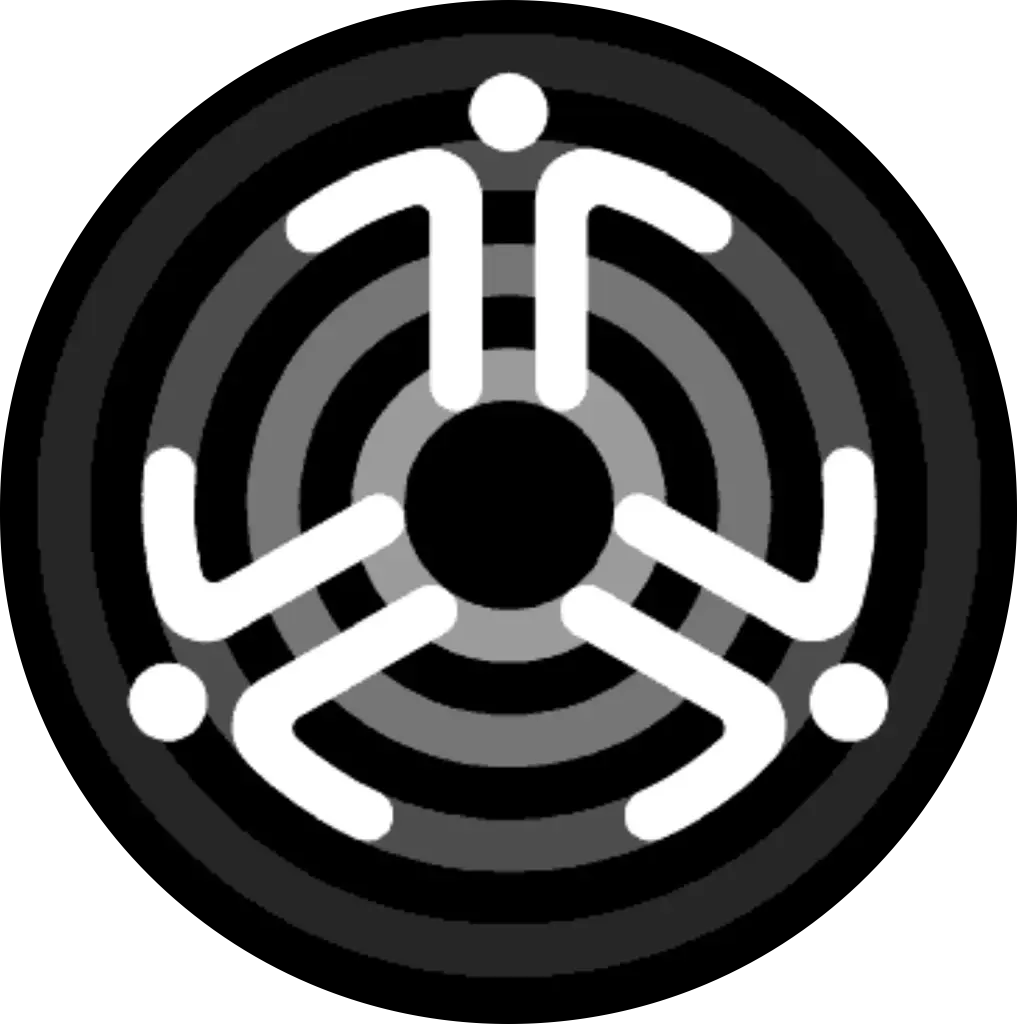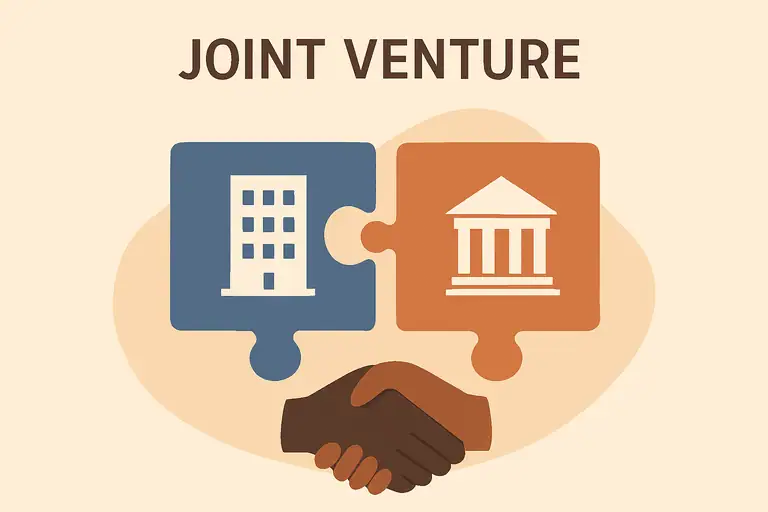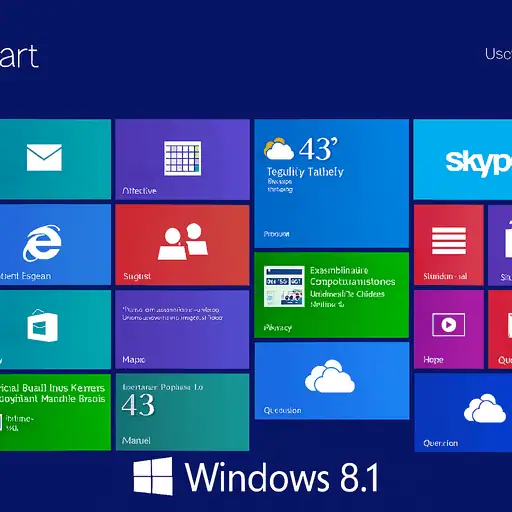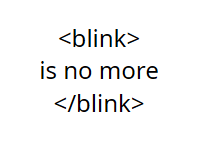Cable and Wireless and Columbus Networks have entered into a strategic alliance and will form a joint venture company called CNL-CWC Networks Ltd. to provide international wholesale bandwidth to communication companies in the Caribbean and America’s Region.
Via the press release on Cable and Wireless Communications (CWC’) website dated May 13 2013 :
13 May, 2013
CABLE & WIRELESS COMMUNICATIONS
CWC agrees strategic alliance with Columbus Networks
Cable & Wireless Communications Plc (“CWC”) today announces it has entered into a strategic alliance with Columbus Networks Ltd (“Columbus”) to develop its international wholesale capacity business.
Under the alliance, CWC and Columbus will form a joint venture in the pan-America region which will provide international wholesale capacity to both companies, as well as to third party carriers. CWC and Columbus operate substantial and largely complementary sub-sea cable networks in the Caribbean and Central American region – the joint venture will have a network platform of approximately 42,000 kilometres with connectivity to 42 countries.
The alliance positions CWC strongly to meet the data capacity demands of its retail operations in the future, as well as optimising its capital expenditure commitment to its undersea cable networks. Demand for data capacity is growing rapidly in this region, driven by the increasing availability of, and consumer demand for, mobile data and fixed broadband services.
The joint venture, which launched today, will initially operate on an agency basis by providing joint sales and marketing services for each of CWC’s and Columbus’ international wholesale capacity services. Columbus has a 72.5% majority share in, and management control of, the joint venture and CWC has a 27.5% share with appropriate minority protections.
The alliance will be broadened within the next two years with Columbus and CWC contributing their sub-sea and related assets into the joint venture company, subject to obtaining regulatory approvals and certain other conditions being met.
Until then, Columbus and CWC will retain complete ownership and control of their respective existing networks in the region.
Once the applicable approval requirements and conditions have been met, the joint venture will
then assume ownership and management control of the international wholesale capacity
operations of CWC and Columbus and all new investments in infrastructure will be made, and
owned by it.
There is another press release on Cable and Wireless website on the Joint Venture :
BRIDGETOWN, BARBADOS, AND LONDON – (May 13, 2013) – Columbus Networks and CWC Wholesale Solutions today announced the formation of a joint venture to provide
expanded wholesale bandwidth capacity to global, regional and local communications companies in the Caribbean and Americas Region. The joint venture company will be called CNL-CWC Networks Ltd.
In addition to the joint venture, CWC Wholesale Solutions, a subsidiary of Cable & Wireless Communications, has entered into a separate services agreement with Columbus Networks under which Columbus Networks will provide CWC Wholesale Solutions certain operation and monitoring services.
Columbus Networks and CWC Wholesale Solutions operate complementary networks in the rapidly growing region. After completing multiple network interconnections, the joint venture will offer wholesale customers an expanded network platform that spans more than 42,000 kilometers and reaches more than 42 countries in the region.
The joint venture company will serve as the sales agent of both Columbus Networks and CWC Wholesale Solutions for international wholesale capacity. Columbus Networks will be the managing partner in the joint venture. CWC Wholesale Solutions will provide support and management resources. Columbus Networks and CWC Wholesale Solutions will retain ownership and control of their respective existing networks in the region.
“Wholesale customers will be able to take advantage of expanded network reach and service benefits by doing business with a company that can provide more bandwidth and broader reach, faster and better,” said Paul Scott, president of Columbus Networks. “With this joint venture, one plus one equals three.”
In the coming months, customers will begin to enjoy much greater route choice, improved reliability and higher performance as the joint venture rolls out innovative, new service offerings spanning clear channel services, IP transit, carrier Ethernet and carrier MPLS.
“We have been investing heavily in recent years to upgrade existing networks and build entirely new subsea links such as CBUS and East West Cable,” said Simeon Irvine, chief executive of CWC Wholesale Solutions. “By creating this joint venture, CWC Wholesale Solutions can expand its network reach and increase the diversity and security of supply for our customers and those of Columbus.”
The interconnected networks will enable more self-healing fiber optic rings with a future planned migration to a fully meshed network environment that will significantly
improve the region’s access to international capacity and better meet the increasing demands for reliability and performance.
Local mirrors of press releases:
CWC agrees strategic alliance with Columbus 140513
Press release – Columbus-CWC JV 140513










